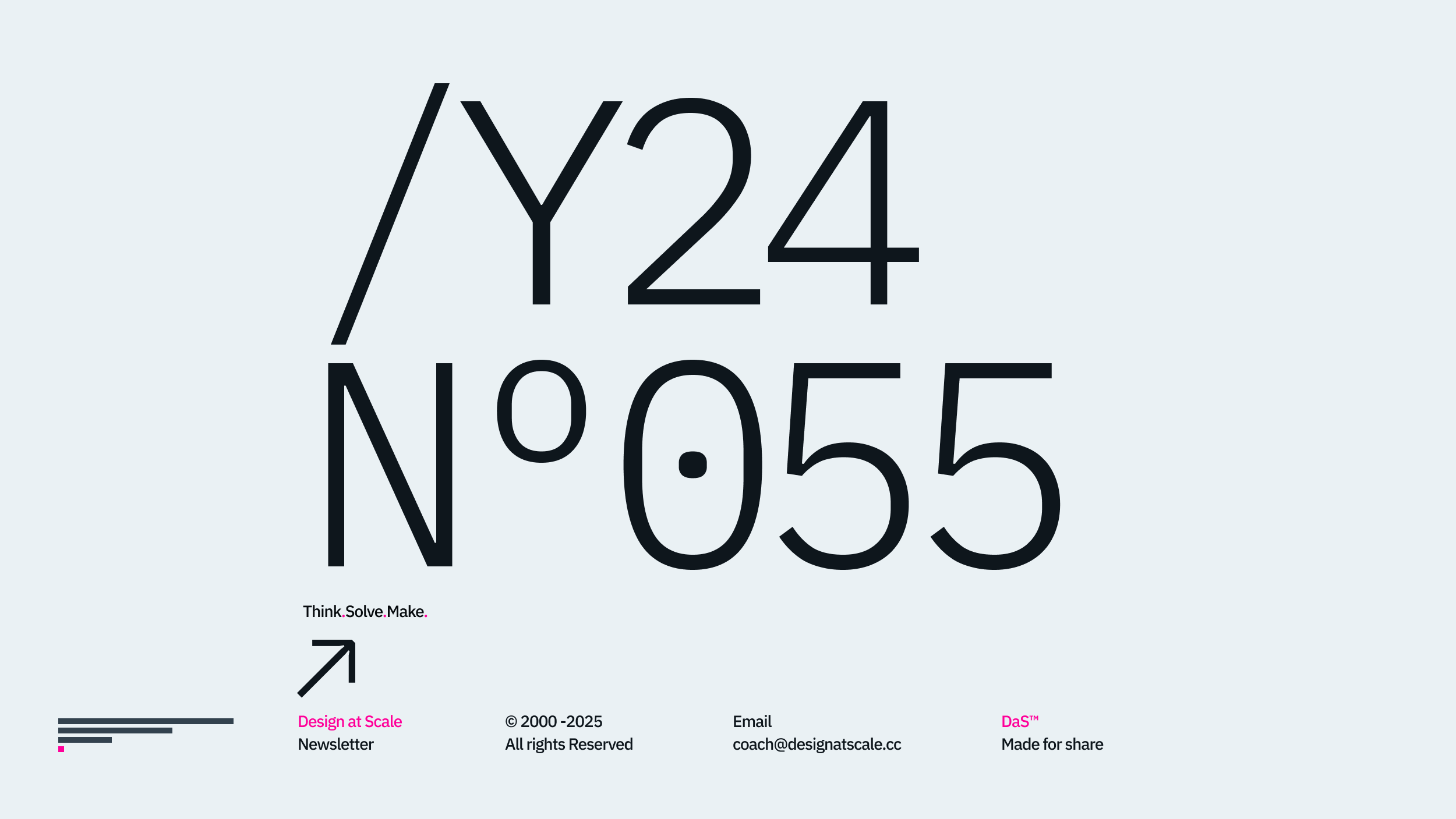We start with a clean sheet of paper and a pencil.
That’s where all designers begin.
For centuries, creatives and many different disciplines have always been a piece of paper pencil that visualised the idea – a good enough state that can represent an ambition.
From ambition, we move to process, tools, time and resources, and that’s where it gets a little complicated. Design (or any creative venture) was always under the demand of a budget, time, or immediate need to solve a specific problem. That is why the design was always under someone else direction.
Business creates the plan, road map, delivery schedule, and so on – design does not unless the proposition is complex enough to track all of these things together under one roof. Even then, the design was not the one that decided under which condition these specifics would be actioned and delivered.
There is so much ambiguity, significant (static) pine charts, slides and graphs explaining the process (copied from early 20th-century manufacturing lines), workflows or delivery methods that surpassed its creators.
But when it comes to practical execution in a specific environment, one method does not allow integration of the other. Not even mention that mental models of the majority of our processes are categorically different and look at the problem from entirely different perspectives. This creates tension and confusion within the team and all surrounding contributors.
Our ambition for the magazine is to question and stress-test these methods under the delivery while providing alternative options, suggestions, and case studies representing a unique point of view on integrating design function.
Via practical examples, we help individuals and teams to integrate the DaS™ method by connecting the dots and allowing all participants to get what they need throughout the flexible and transparent product design delivery[00].
Let’s look at the history of Design at Scale™ from the perspective of individual designers, design teams or a design function or department within a big organisation. Then we’ll be able to see the impact of Design at Scale on how individuals transform businesses through the design.
Happy scaling through design!
Hey, I’m Jiri Mocicka.
London-based Design Director, Trusted Advisor and Author of Design at Scale™. The method that empowers individuals to shape the future organisation through design.
If you have a question, join our Community and reach out to like-minded individuals who scale design propositions. An online Academy can help you to find your feed in teams of 01, 10, and 100, supported by Grid Magazine and Supply section, where we weekly bring more insights on how to become a design leader in your organisation.











